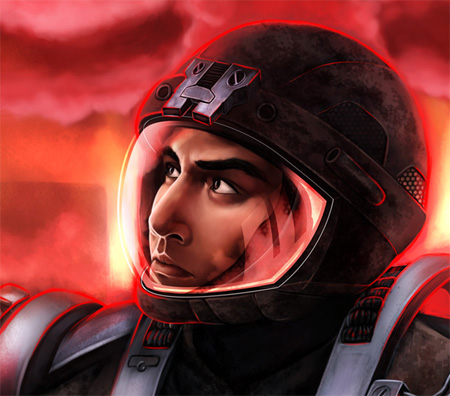For Indie Publishers:
A Print Book Experiment
Saturday, February 16th, 2013
 For indie publishers, there are several options for creating a print book. Like most of us, I go with print-on-demand, and I’ve used both of the two big players in the field: Lightning Source, an Ingram company, and Createspace, an Amazon company.
For indie publishers, there are several options for creating a print book. Like most of us, I go with print-on-demand, and I’ve used both of the two big players in the field: Lightning Source, an Ingram company, and Createspace, an Amazon company.
I’ve done print versions for seven of my nine novels, all of them through Lightning Source. LS is not nearly as user friendly as Createspace, it’s much more expensive upfront, and it gets extra costly if you have errors in your files and have to re-submit them. But the default distribution at Lightning Source is better than the default at Createspace, and the pricing structure allows me to price the Lightning Source books lower. Also, to be blunt, it’s not-Amazon. While I don’t know this for a fact, I’ve been told that independent bookstores will not stock Createspace books because they are Amazon.
A couple other differences–
First, you can get a matte cover at Lightning Source. If you can do that at Createspace, I haven’t figured out how. And second, in my opinion, the “creme” colored paper at Createspace is too creamy; it has too much color in it, compared to LS. (For novels, creme paper is generally preferred over white. The creme/white option is available at both companies.)
That said, I’ve successfully used Createspace for two books, and if you’ve never done print books before, I recommend it. It’s a much friendlier and more forgiving place to experiment.
The first book I did at Createspace was a collection of all my short stories originally published prior to 2001, called Goddesses & Other Stories. I wanted a print version, but since I didn’t expect to sell very many copies, I decided to keep my upfront investment to a minimum and go with Createspace. It’s worked out fine, but because of the CS pricing structure, it’s my highest-priced print book so far.
My second CS book is pictured above. Two Stories: Nahiku West & Nightside on Callisto and has just gone live at Amazon. It’s a mini-book: fifty-six pages long, and includes two science fiction short stories, both originally published in 2012. I don’t expect to sell many copies of this one either, and despite its size, it took a significant amount of time to put together–so why bother? Primarily because it’s an inexpensive way for me to experiment with a new print layout.
All the other books I’ve done have shared the same font and page layout, varying primarily in title fonts, header fonts, and very slightly, in the margins. But I’ll be publishing two more novels soon, and wanted to try a new layout. Two Stories was the perfect opportunity to experiment. Fifty-six pages was short enough that I could easily re-do it if I needed to, but it was quite long enough to let me know if the layout would work for the novels–and it wouldn’t cost be any cash upfront to run the experiment.
Stage 1 is now complete. I like the new layout. Stage 2 will involve applying the layout to my forthcoming novel The Red: First Light. Having run the experiment, I’ll be far less anxious over that, when it comes time to submit the print files to Lightning Source.








 Lieutenant James Shelley commands a high-tech squad of soldiers in a rural district within the African Sahel. They hunt insurgents each night on a harrowing patrol, guided by three simple goals: protect civilians, kill the enemy, and stay alive—because in a for-profit war manufactured by the defense industry there can be no cause worth dying for. To keep his soldiers safe, Shelley uses every high-tech asset available to him—but his best weapon is a flawless sense of imminent danger…as if God is with him, whispering warnings in his ear. (Hazard Notice: contains military grade profanity.)
Lieutenant James Shelley commands a high-tech squad of soldiers in a rural district within the African Sahel. They hunt insurgents each night on a harrowing patrol, guided by three simple goals: protect civilians, kill the enemy, and stay alive—because in a for-profit war manufactured by the defense industry there can be no cause worth dying for. To keep his soldiers safe, Shelley uses every high-tech asset available to him—but his best weapon is a flawless sense of imminent danger…as if God is with him, whispering warnings in his ear. (Hazard Notice: contains military grade profanity.)